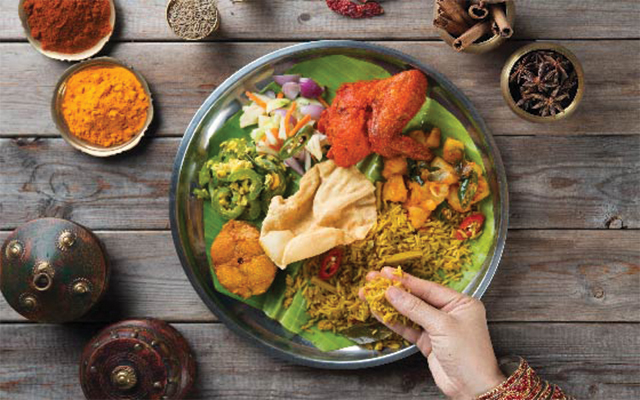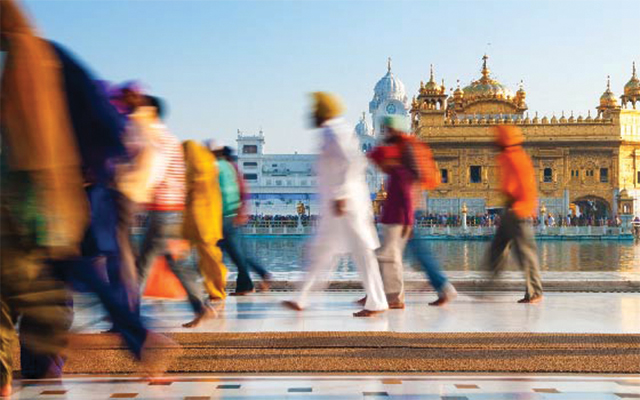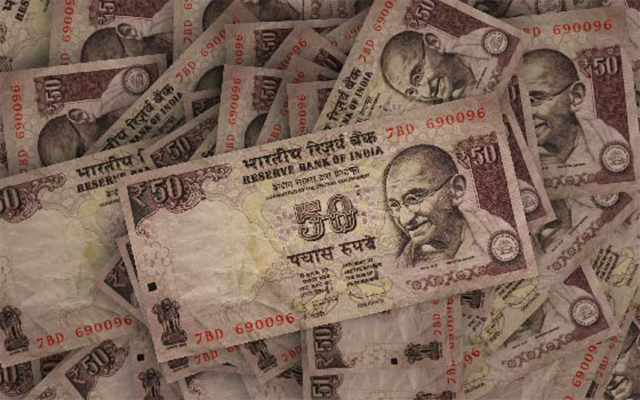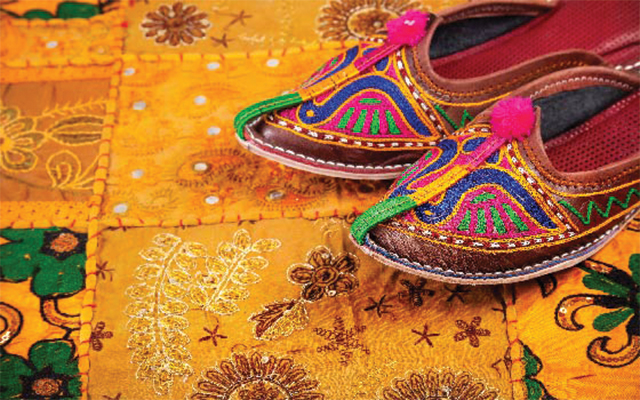
Eating
One of the biggest culture shocks your group is likely to come across in India is at the dining table. Firstly, Indians don’t normally use cutlery and instead use their fingers. Here is a great guide to eating with your fingers.
The most important rule when it comes to dining is that you must only eat with your right hand. This is because in India the left hand is used for sanitation, cleaning feet and other ‘unclean’ tasks, as is the case in most of Asia.
You can get away with using your left hand to hold a utensil or a cup, but you should never use it to eat, pass food or wipe your mouth, as this will be considered unsavoury.
You should also avoid eating or drinking anything that has touched another person’s lips. If you're offered food or a drink that is to be passed around, you should not let it touch your lips.
And this is just basic hygiene, but it should be noted that washing hands before eating is customary.

Clothing
India is generally a conservative society. Everyone should dress modestly (meaning legs and shoulders should be covered). For women and girls, shorts and short skirts should be avoided. And men and boys must always wear a top in public and should wear light trousers rather than shorts.
If you intend to enter a religious building, most will expect all visitors to cover their heads and legs. Women and girls should also cover their limbs (and this is a good rule for men and boys to follow, too).

Money
Haggling is expected in the markets, and it can be good fun for students to have a go at (but make sure you give them some guidance first).
You can start by offering half the stated price. If you get to a point where the difference is minimal (e.g. 50 cents), you should relent and pay. However, if you’re not happy to pay the price, you are always free to walk away (and it's important to make sure everyone in your group knows that this is absolutely fine).

A word about feet
One thing you'll want to let students know before you travel, is that they'll be expected to remove their shoes more often than they're used to at home.
For example, if you enter a religious building or someone’s home, you'll be expected to remove your shoes. If you’re also wearing socks, it's normally acceptable to keep them on.
You may also come across shops with a pile of shoes outside. In this case, you should also take your shoes off and leave them at the door.
You should never point the soles of your feet at a person, as this is considered very offensive (this is the case across most of Asia).
Any accidental contact with someone’s foot should be immediately followed by an apology.
Other things to note
Hopefully, that covers most of the cultural differences you'll need to be aware of when taking a school group to India. There are a couple of other things that might be worth highlighting to your students before you travel.
For example, kissing and embracing are not considered appropriate in public in India. Being on a school trip, hopefully you won't have to prise too many amorous teenagers apart, but it's worth making them aware of this anyway.
In fact, it's really not that common for men and women to have any physical contact with one another in India and, generally, it's probably advisable to avoid this in case it's misconstrued. For this reason, rather than shaking hands with someone when you meet them, it's better to put your hands together (as if to pray) and say 'namaste'.
It’s also considered rude to point with your finger in India. Instead, you should gesture with your whole hand.
Not booked your school trip to India yet?
Please don’t hesitate to contact us for further information or to request a tailor-made quote.